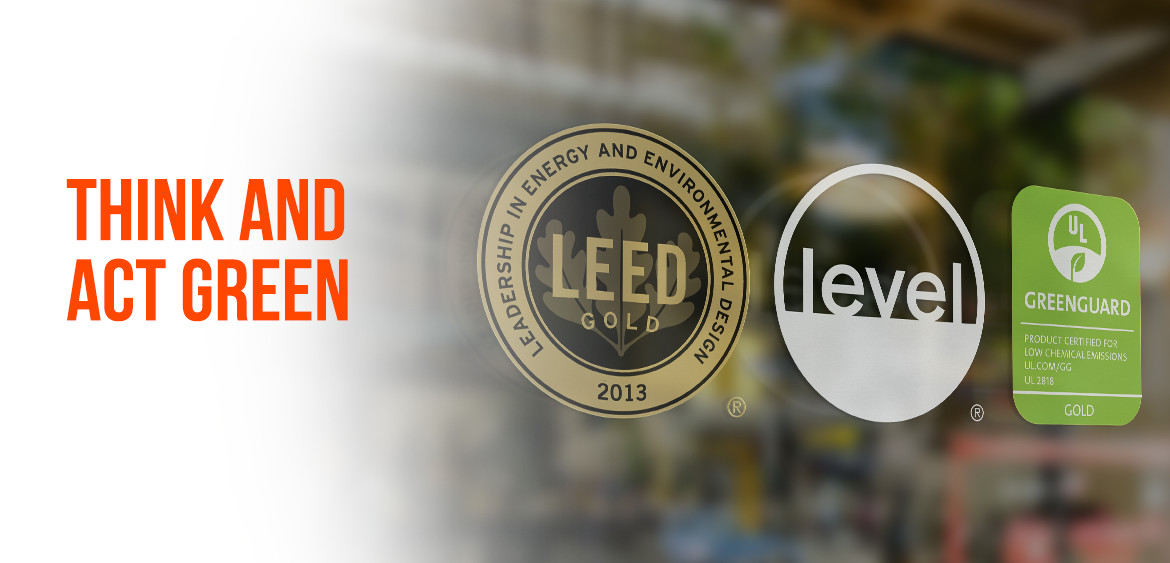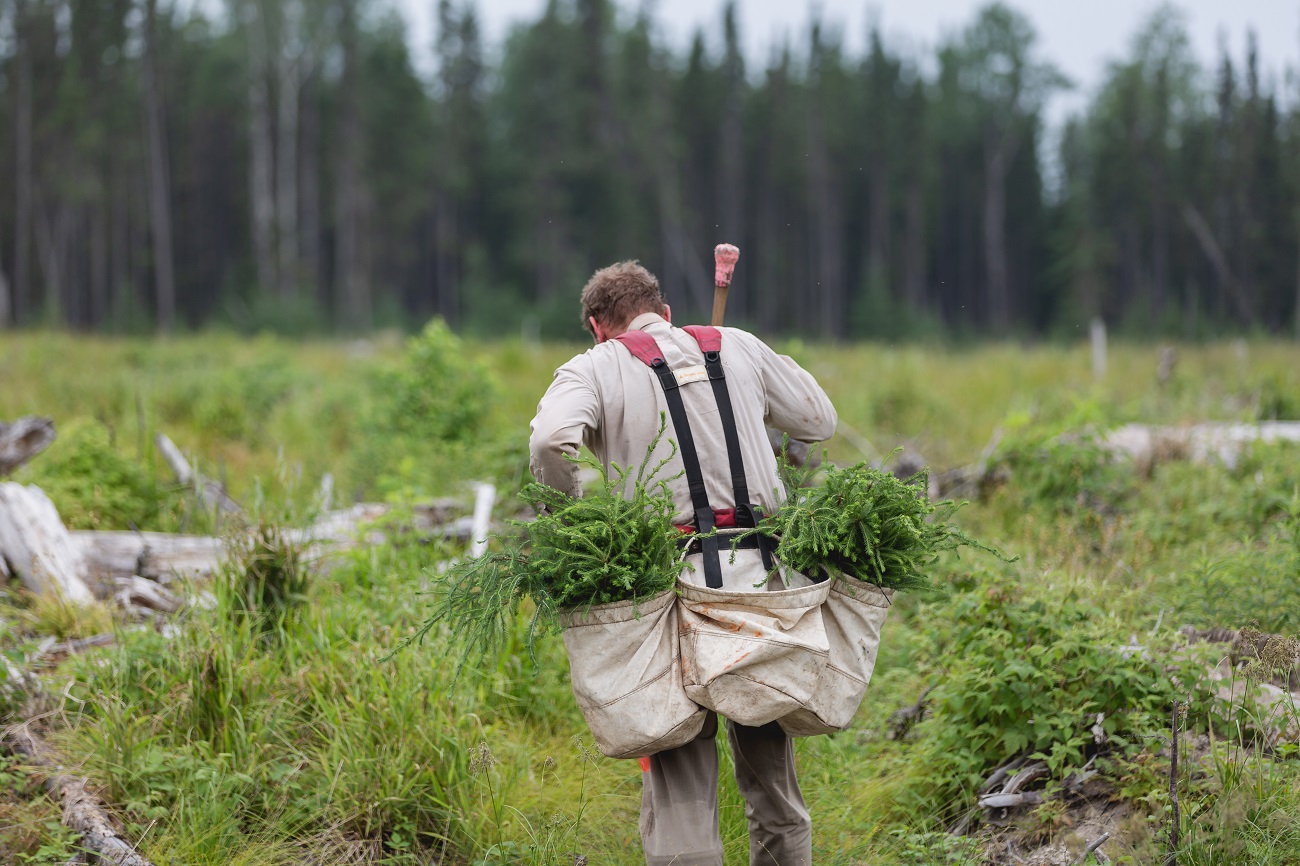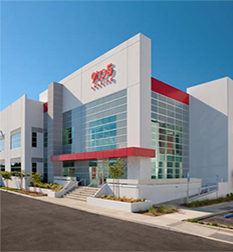
Sustainable and Environmentally Responsible
9to5 Seating is committed to sustainable and environmentally responsible business practices. This global perspective is endorsed and executed throughout every aspect of our corporate culture, and within our warehousing, manufacturing and office facilities. We are proud to demonstrate our commitment by offering GREENGUARD GOLD Certified products, participating in the U.S. Environmental Protection Agency’s Waste Wise Program, achieving LEED® NC Gold Certification for our corporate headquarters facility and achieving LEVEL®, BIFMA’s sustainability certification program for furniture.
It is an integral part of our corporate philosophy to promote environmental preservation. This ideology drives our endless commitment to a sustainable future.
Learn more about our corporate environmental policies. Click here to download our Corporate Sustainability Policy PDF.
To learn more about 9to5 Seating sustainability and corporate practices download our Corporate Sustainability Report, which includes our health & safety report, energy usage report and more, download here.
- Compact and recycle 100% of inbound carton packaging material, protecting landfills from over 25 tons of cardboard every month!
- Assemble a national network of blanket wrap carriers to allow orders to ship without cartons.
- Produce all outbound cartons from 75% recycled corrugated cardboard.
- Bulk pack stackable chairs shipped in blanket wrap carriers whenever possible to eliminate cardboard debris.
- Use of electric forklifts in lieu of propane or other fuel based vehicles.
- Recycle all paper cans and plastic bottles from daily office activities.
- Dispose of used computer equipment and machine oil through proper channels.
- Return empty photocopier/printer cartridges to our supplier for refilling.
- Utilize paperless systems for internal reporting and production/warehouse management.
- Specify recycled paper for all printed literature pieces.
- Rooftop photovoltaic panel system offsets 219,312 pounds of CO2 annually, equivalent to the amount of CO2 emitted by driving 157,278 cars 50 miles a day for one year.
Developed by BIFMA, LEVEL is a voluntary certification program in which third-party auditors measure a product and its producer against the ANSI/BIFMA e3 Furniture Sustainability Standard. The LEVEL program was created to provide the most comprehensive, unbiased and transparent means of evaluating and communicating the environmental and social impacts of commercial furniture products. The LEVEL mark demonstrates that the product, the manufacturing facility, and the company responsible for the product brand, have all met the requirements for certification. Visit www.levelcertified.org for more information.
To view the 9to5 Seating Level Certification click here.
Our entire product line earned GREENGUARD Indoor Air Quality Certification issued by the GREENGUARD Environmental Institute. The GREENGUARD Indoor Air Quality Certification Program assures that products designed for use in office environments and other indoor spaces meet strict chemical emissions limits.
- Contribute to healthier interior environments.
- Add points for LEED Certification.
- Offer fabrics made from 100% recycled content.
(Fabrics made from recycled content are identified with the ♣ symbol in the Grade-In section of this price book) - Manufactured using plastic, nylon, steel, aluminum and polypropylene components that are 100% recyclable.
- Use suppliers that share an earth-friendly philosophy.
- Certified below chemical emissions limits for TVOC, Formaldehyde, Total Aldehydes, Individual VOCs, 4-phenycyclohexene.
For more information about GREENGUARD programs visit www.greenguard.org .
To view all 9to5 Seating products with GREENGUARD certification click here .
Why is it important?
The ER Category encourages the reduction of the amount of energy required for building operations and promotes benign forms of energy.
- Improve energy performance and reduce greenhouse gases emitted from energy production
- Reduce buildings’ environmental impact through alternative energy sources, which include photovoltaic, wind, bio-fuel, geothermal, wave and tidal
- Achieve increasing levels of energy performance to reduce environmental and economic impacts associated with excessive energy use.
- 9to5 Seating has achieved a total building energy cost savings of 35%.
- Strategies include high-efficiency packaged rooftop units, interior lighting power reductions, along with daylight and occupancy sensor controls, demand-controlled ventilation and fan power reductions.
- 9to5 Seating’s factory floor uses only natural ventilation, strategic insulating technics, the harvesting of available daylight and light sensors to maintain comfortable working conditions, even during mid-summer months.
- 9to5 Seating uses photovoltaic roof panels, converting the sun’s energy directly into electricity.
- 90% of the project’s energy cost is now offset through renewable site-generated energy, far exceeding the original goal of 24%.
- The project is close to becoming a net-metering facility, where surplus energy can be transferred back to the grid, allowing others to benefit from renewable, clean energy.
- Aside from regular cleaning, photovoltaic cells are virtually maintenance-free and can operate for decades with no technicians, tools, roads or grid.
- CO₂ sensors and outdoor airflow measurement devices are installed throughout the space.
- Sensors generate an alarm when the conditions vary by 10% or more from a preferred design value.
- 9to5 Seating’s interior architecture employs full-height glass partitions and skylights to maximize natural light throughout the space.
- Clean white interior finishes reflect the daylight and uniformly diffuse it throughout the space.
- Daylighting strategies are found in over 80% of its spaces.
- 9to5 Seating’s Green Cleaning Program focuses on improved indoor air quality through reduced exposure to chemicals and biological contaminates.
- Staff are regularly trained on new protocol and techniques.
- Cleaning products are certified through the EPA, GreenSeal, or BioPreferred programs.
- Microfiber cloths are used for all dusting and cleaning, a superior tool for particulate and germ removal.
- Emphasis is placed on minimizing water use, by selecting drought tolerant plants.
- Restrictive irrigation systems eliminate over-watering and reduce the threat of erosion.
- Chemicals are eliminated, as weeds are pulled by hand and fertilizing, when necessary, is organic.
- Garden debris are used for mulching, which reduces water evaporation from the soil.
Why is it important?
The MR Category addresses environmental concerns related to materials selection, waste disposal and waste reduction.
- Reduce the quantity of waste during construction, minimizing landfill and incinerator disposal
- Evaluate the environmental impact of project materials
- Improve the building environment through the use of sustainable materials
- Establish protocol for post-occupancy material disposal
Intent: To increase demand for building products that incorporate recycled content materials, thereby reducing impacts resulting from extraction and processing of virgin materials.
- Products with recycled content reduce virgin material use and solid waste volumes.
- Recycled content is generally classified as either, post-consumer or pre-consumer.
- Pre-consumer recycled content consists of raw material diverted from the waste-stream during the manufacturing process.
- Post-consumer recycled content is derived from materials that can no longer be used for their original purpose.
- Over 20% of the building materials use a combination of post-consumer and pre-consumer materials.
- Recycled materials include concrete, asphalt, rebar, steel, laminate, wood doors, vision glass, drywall, ceiling tile, cork flooring and carpet tile.
9to5 Seating’s sustainable philosophy carries through to their manufacturing practices in the following aspects:
- Rejected plastic components are recycled.
- 100% of inbound carton packaging material is recycled, protecting landfills from over 25 tons of cardboard every month.
- National networks of blanket-wrap carriers allow orders to ship without cartons.
- Outbound cartons are produced from 75% recycled corrugated cardboard.
Why is it important?
The SS Category promotes responsible, innovative and practical site designs that are sensitive to plants, wildlife, water and air-quality and that mitigate some of the negative effects buildings have on the local and regional environment.
- Reduce and remediate environmental damage to a project site
- Select sustainable landscapes, where water-efficient strategies require less maintenance, chemicals fertilizers and pesticides
- Restore native vegetation to protect wildlife habitat and biodiversity
- Reduce storm-water runoff to all bodies of water to protect aquatic wildlife
- Select highly-reflective surfaces to decrease heat-island effect
- Reduce light pollution to encourage wildlife biodiversity
Intent: To rehabilitate damaged sites where development is complicated by environmental contamination and to reduce pressure on undeveloped land.
- Brownfield sites are abandoned, idled, or under-used facilities where development is complicated by real or perceived environmental contamination.
- The EPA estimates that there are more than 450,000 Brownfield sites in the United States.
- Remediation efforts to remove hazardous materials from brownfields, reduce the exposure of humans and wildlife to health risks.
- Brownfield redevelopment can contribute to revitalization of depressed neighborhoods and renew a sense of community pride.
- Investigations revealed over one hundred toxic substances and areas of concern throughout 9to5 Seating’s project site.
- Corrective actions were taken to treat harmful soil gas (i.e. pollutants picked up from site contamination and potentially carried by air leakage into the built environment).
- Contaminants in the groundwater were treated through the use of pump & test systems and monitoring wells.
Intent: To reduce pollution and land development impacts from automobile use.
- Single-occupancy vehicles and their reliance on petroleum contribute to air and water pollution from vehicle exhaust.
- Mass-transit minimizes parking areas and roadway infrastructure to create space for natural landscaping.
- Less impervious infrastructure decreases storm-water runoff and heat-island effect.
- Public transportation is twice as fuel efficient as private vehicles (annually saves 45 million barrels of oil).
- 9to5 Seating’s office is located within half-mile walking distance of the Metro link, an existing commuter-rail line.
- Preferred parking for low-emitting and fuel-efficient vehicles includes 5% of the parking capacity.
- 9to5 Seating also employs electric forklifts in lieu of propane or other fuel-based vehicles on their factory floor.
Why is it important?
The WE Category addresses environmental concerns related to building water use and disposal. It promotes monitoring water consumption, reducing indoor potable and landscape water consumption to save energy and improve environmental well-being.
- Reduce indoor potable water consumption using alternative water sources for non-potable applications
- Limit unnecessary use of water that must be treated, heated, cooled and distributed, to save energy and cut operational costs
- Track water use alongside energy use and understand how they relate, to increase overall efficiency and savings
Intent: To limit or eliminate the use of potable water or other natural surface or subsurface water resources available on or near the project site for landscape irrigation.
- Landscape irrigation uses 30% of water consumed daily in the United States, straining valuable fresh water reserves.
- Irrigation wastewater is discharged into the nation’s water bodies releasing bacteria, chemicals and toxic metals.
- One-third of the nation’s lakes, streams and rivers are now unsafe for swimming and fishing.
- Water-efficient landscaping practices can dramatically reduce and even eliminate irrigation needs.
- Native plants foster a self-sustaining landscape that requires minimal water, fertilizer and pesticides as well as attract wildlife.
- Potable water consumption for irrigation is reduced by 55% through efficient irrigation methods and native greenscape.
- Plant species include Strawberry Tree, Coyote Brush, Heavenly Bamboo, Myoporum, Mexican Feather Grass and Buffalo Grass.
- High-efficiency micro-irrigation strategies, like Tree Bubblers and Drip Irrigation, help reduce the use of potable water.
- Mulching reduces evaporation from the soil surface and irrigation needs by up to 50%.
Intent: To further increase water efficiency within buildings to reduce the burden on municipal water supply and wastewater systems.
- Reduced water consumption decreases building operating costs and allows municipalities to lessen capital investment needed for water supply and wastewater treatment infrastructure, leading to more stable municipal taxes and water rates.
- Water reduction strategies decrease building potable water consumption by over 40%.
- Efficient fixture types include water closets, urinals and lavatory faucets.
Learn about the materials we use in our various products and how to properly dispose of your 9to5 Seating chair in an eco-friendly manner. Download the End of Life Recovery Options PDF.

9to5 Seating has partnered with One Tree Planted, a 501(c)(3) nonprofit that focuses on reforestation around the globe by planting one tree for every dollar donated. With a long-time dedication to sustainability, 9to5 Seating will focus its efforts on reforestation in California, where the company’s headquarters is located and where deadly wildfires have impacted numerous communities in recent years.
One Tree Planted teams with individuals and organizations in more than 43 countries including The Jane Goodall Institute, to plant trees and restore nature and biodiversity. The trees are planted by local partner organizations and community volunteers in areas where there has been deforestation. They also raise awareness about the importance of trees and motivate younger generations to do something positive for the environment. The organization has doubled the number of trees it has planted since 2014 and enables its partners to choose a region of focus for its efforts.
To learn more, visit onetreeplanted.org





